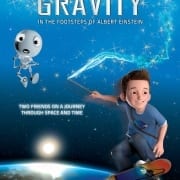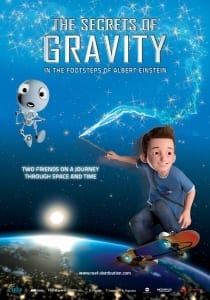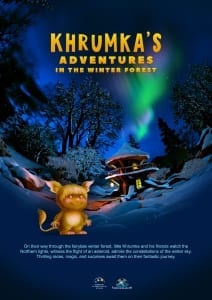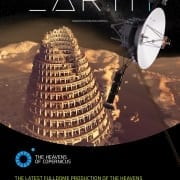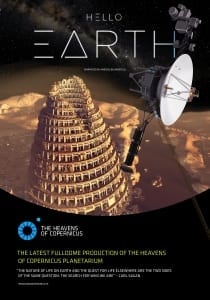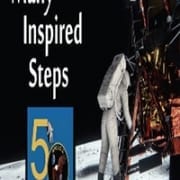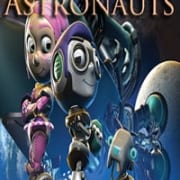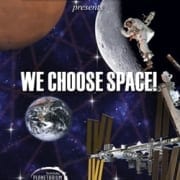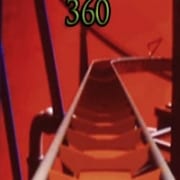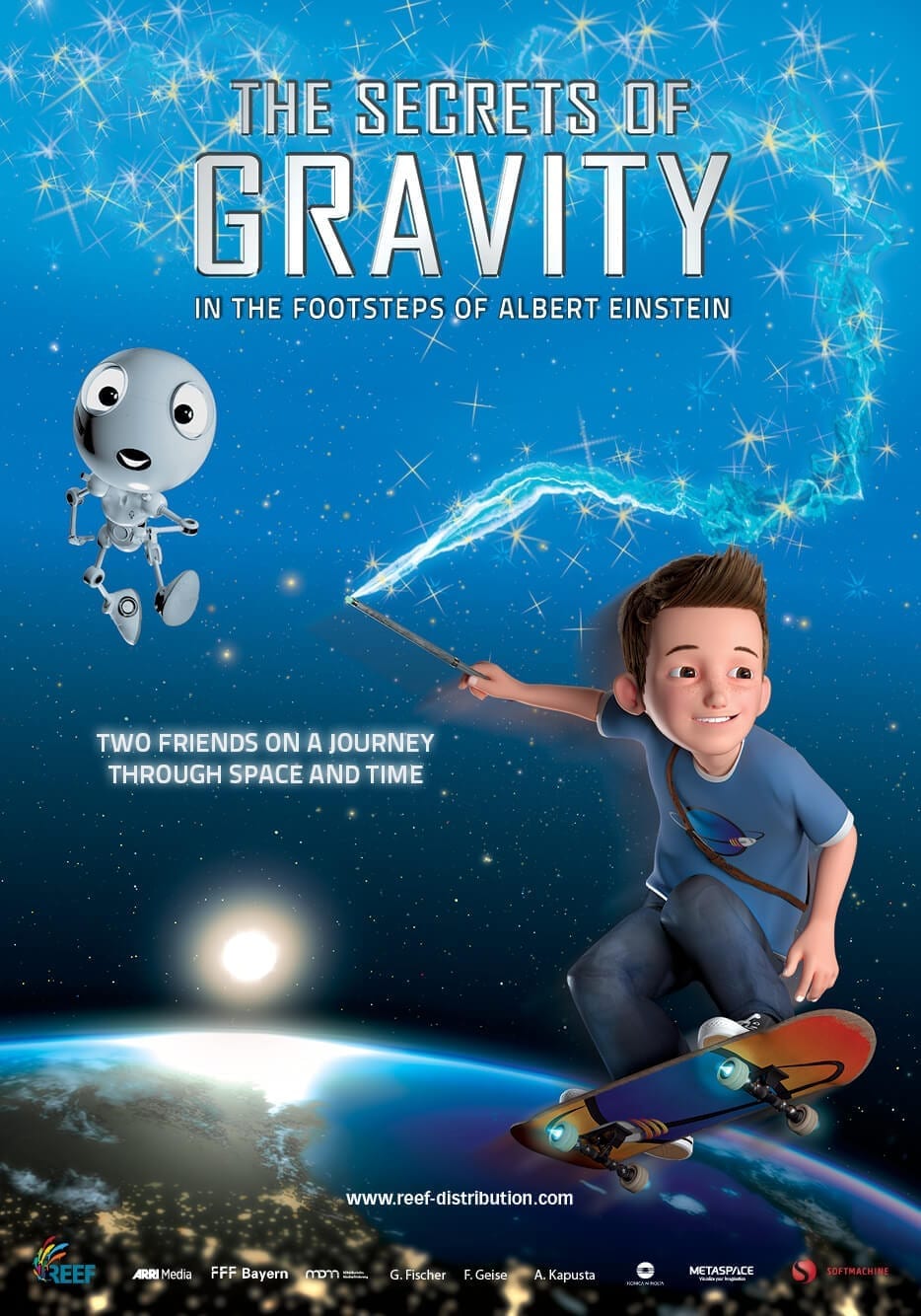
Why do things fall to the ground without magic?
The twelve-year-old Luke is far more interested in the universe and its secrets than boring magic spells. He is fascinated by the stars, the universe and the laws of nature. One night he sneaks into the Albert Einstein Museum where he meets ALBYX3, a small, clever but rather quirky robot who knows all about Albert Einstein and his theories. ALBY takes Luke on a magical journey through space and time during which they not only uncover the secrets of gravity but also learn about friendship and imagination.
Two friends on a journey through space and time.
Planet 9
/in Full Dome Show /by rculverPlanet 9

In July 2015, the New Horizons spacecraft gave us our first close look at Pluto, the most famous dwarf planet in the outskirts of our Solar System. The New Horizons flyby was big news, and the pictures it continues to send back to Earth reveal a world far more complex than anyone realized.
Using nothing but their wits (and high-powered telescopes and a thorough understanding of orbital mechanics), these intrepid explorers are making new discoveries about how our Solar System formed—and what it may be hiding.
Follow Mike Brown and his team at CalTech as they uncover dwarf worlds like the remarkably bright Eris; Haumea, an egg-shaped object rotating incredibly fast; and Sedna, whose orbit takes it deep into the far reaches of the Solar System. Is there a new planet beyond these distant objects? We’ll tag along on Mike Brown’s first night searching for the ninth planet at the Subaru Telescope in Hawaii. Join us on the hunt!
Khrumka’s Adventures in the Winter Forest
/in Full Dome Show /by rculverKhrumka’s Adventures in the Winter Forest
Hello Earth
/in Full Dome Show /by rculverHello Earth
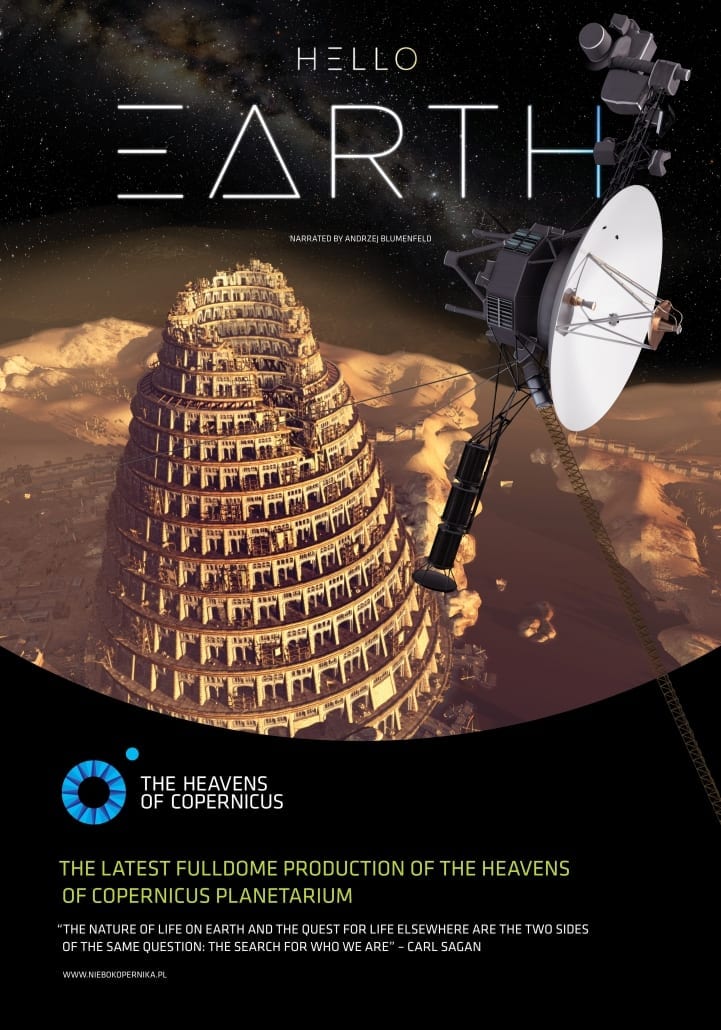
Why do we long for contact with others so much? Does Internet really connect people? How can we tell other potential inhabitants of the Universe that we’re here? Seeking contact with others remains one of the earliest and strongest human needs. By trying to fulfill this need, we invented writing, radio, telephone and finally – the Internet. We overcame language barriers, problems related to distance and information flow time. Thanks to modern technologies and communication devices, we developed our civilization – we are changing the world and ourselves. “Hello Earth” will take you on a journey through landmark moments of the history of communication: you will fly over the Tower of Babel, see the first pictograms – paintings in Lascaux Cave, pay a visit to Johannes Gutenberg, visit a surrealistic library, witness the first ever phone call, see the beginnings of the Internet and launch of the Voyager. You will immerse into Space and – who knows – maybe you will hear someone seeking contact with you?
Apollo 11
/in Full Dome Show /by rculverApollo 11
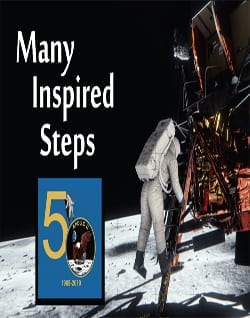
Announcement for “Many Inspired Steps”
How will you be joining the celebration of the 50th anniversary of the Apollo 11 Moon landing?
Every science center and museum that wants to celebrate the 50th anniversary of Apollo 11 with an exhibition will want that exhibition on display in the months surrounding July 2019.
AVI is pleased to announce the availability of Many Inspired Steps, an exhibition that presents the story of the first man on the Moon.
And best of all, it’s free!
Neil Armstrong’s “one small step” was just the crowning accomplishment of an endeavor that goes back centuries. Many Inspired Steps tells the story of that endeavor: Icarus, the conquest of the air in the 20th century, the conquest of space, and, of course, the triumph of Apollo 11, and much more.
Many Inspired Steps was created by Dr. Thomas A. Lesser, formerly Senior Lecturer at the American Museum-Hayden Planetarium.
Both AVI and Dr. Lesser are donating Many Inspired Steps to qualified not-for-profit organizations. The Many Inspired Steps exhibition consists of 47 panels, intended to be 2×3 feet. The panels, in PDF and/or Publisher formats, are available free of charge. Institutions can then have the panels printed locally.
Also available are: a draft press release, timeline of space exploration, and an Apollo 11 fact sheet.
Supplemental Materials
Dynamic Earth
/in Full Dome Show /by rculverDynamic Earth
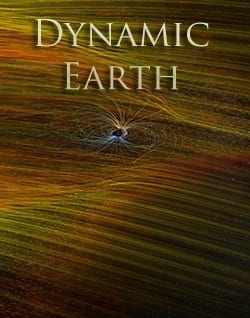
The award-winning Dynamic Earth explores the inner workings of Earth’s climate system.
With visualizations based on satellite monitoring data and advanced supercomputer simulations, this cutting-edge production follows a trail of energy that flows from the Sun into the interlocking systems that shape our climate: the atmosphere, oceans, and the biosphere.
Audiences will ride along on swirling ocean and wind currents, dive into the heart of a monster hurricane, come face-to-face with sharks and gigantic whales, and fly into roiling volcanoes.
Accidental Astronauts: An Earth, Moon & Sun Adventure!
/in Full Dome Show /by rculverAccidental Astronauts: An Earth, Moon & Sun Adventure!
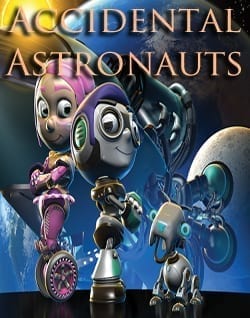
Accidental Astronauts: An Earth, Moon & Sun Adventure!
Follow the adventures of Cy and Annie and their dog Armstrong as they embark on an unexpected journey into space!
Explore the Earth, Sun and Moon system with a wisecracking starship computer; bounce along with them on the surface of the Moon; get up close and personal with a solar storm; and gain a new appreciation of our home planet.
Supplemental Materials
We Choose Space
/in Full Dome Show /by rculverWe Choose Space
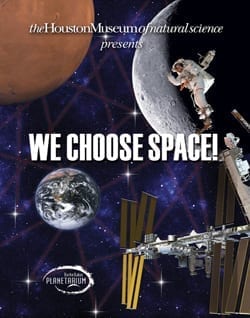
Fifty years ago, President Kennedy chose the Moon. Today we can still choose a trip into space to the completed International Space Station or to the Moon. Prepare for an immersive full-dome adventure on the ISS or in a future moon colony. The show makes human spaceflight after the Space Shuttle very exciting, immersive, and real.
Enjoy the astronaut experience and share it with children who dream of spaceflight! This is the first planetarium show told completely by astronauts (Scott Parazynski, Tom Jones and Gene Cernan) and a famous space reporter (Walter Cronkite).
It is the first show to use real fisheye photography from inside the International Space Station and to construct and tour the completed Station – which is larger than a 5-bedroom house! And, it’s the first show to animate the construction of a sustainable lunar colony and to feature potential commercial spacecraft of the present and future. We Choose Space! is an engaging experience for families and space enthusiasts.
Last summer’s flight of Atlantis, the last Space Shuttle, began a new chapter in space exploration. Human spaceflight in this century depends on young people, private companies, and governments around the world choosing space travel for themselves, their children, and their countries. In the spirit of President Kennedy, this show once again chooses space, not because it is easy, but because it is hard—and because meeting its challenges is our destiny.
We Are Stars
/in Full Dome Show /by rculverWe Are Stars

We follow a group of Victorian time travelers as they learn about the origins of atoms.
We witness the formation of the first hydrogen atoms after the Big Bang and then watch how those hydrogen atoms gather into galaxies and stars. We learn how the stars forged all the atoms needed to make life. We see the creation of planet Earth and follow the atoms and molecules through evolution, back to where the time travelers started their journey.
SpacePark360
/in Full Dome Show /by rculverSpacePark360
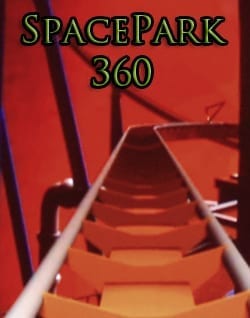
Welcome to SpacePark360, a modular fulldome feature experience! This state of-the-art fulldome program combines entertainment with an out-of-this-world immersive experience. Viewers will be transported to surreal vistas and experience the most thrilling amusement park rides the solar system has to offer.
Seen from the rider’s perspective, SpacePark360 takes the state of-the-art technologies of fulldome systems and combines them with heart pounding thrill rides to create a unique entertainment show never seen before on the dome.
From the tops of Jupiter’s clouds to the icy depths of Neptune’s moon Triton, each location serves to heighten the thrilling experience.
Mastered at 4K, SpacePark360 is a revolutionary approach to fulldome entertainment, in that the show can be modular. Theaters can purchase the entire SpacePark360 show (consisting of nine rides, interstitial scenes, sound effects, and programming) or elect to purchase individual rides. If individual rides are purchased, the full purchase price of the rides may be applied to the cost of the full show. Additional options include the Geodesium Edition featuring a custom 5.1 score by Geodesium.
SpacePark360 and SpacePark360: Geodesium Edition are available. SpacePark360 allows theaters to select or produce their own sound tracks to accompany the visuals*. SpacePark360: Geodesium Edition consists of an accompanying sound track with all performance rights included.

